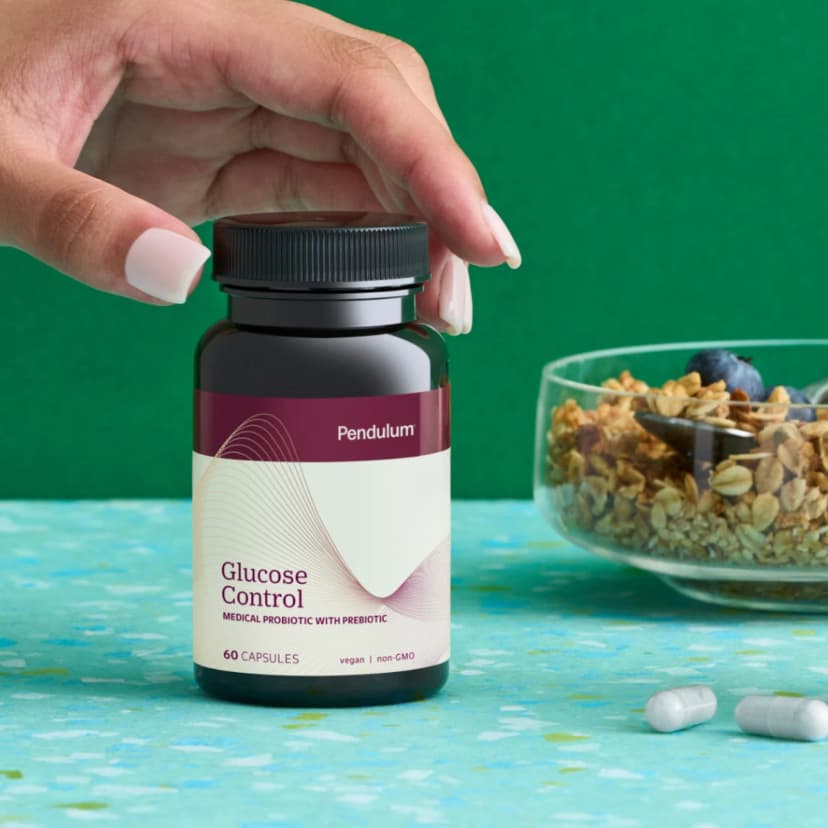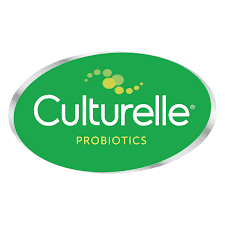Your gut is more than just a passageway for food; it acts like a gatekeeper. The lining of your gut allows nutrients to enter your bloodstream while keeping harmful bacteria and pathogens out. Fiber plays a crucial role in nourishing the good bacteria in your gut, helping to maintain this protective barrier and supporting overall gut health.
Key Takeaways
- Fiber feeds the good bacteria in your gut, promoting a balanced microbiome.
- Different types of fiber, such as soluble and insoluble, have unique roles in supporting gut health.
- Prebiotics, a type of fiber, serve as food for beneficial gut bacteria, aiding their growth and activity.
- Short-chain fatty acids produced by fiber fermentation can reduce inflammation and support immune function.
- Gradually increasing fiber intake can help manage digestive issues like bloating and cramping.
Understanding the Gut Microbiome
The Role of Microorganisms
Your gut is home to trillions of microorganisms, including bacteria, viruses, and fungi. These tiny residents play a crucial role in digesting food, producing vitamins, and protecting against harmful pathogens. A balanced gut microbiome is essential for overall health.
Gut Microbiome Diversity
A diverse gut microbiome means having a wide variety of microorganisms. This diversity helps in performing different functions, from breaking down complex carbohydrates to fighting off infections. A lack of diversity can lead to health issues like inflammatory bowel disease (IBD).
Impact of Diet on Gut Health
What you eat directly affects your gut microbiome. Diets high in fiber promote a healthy and diverse gut microbiome. On the other hand, diets high in processed foods and low in fiber can harm your gut health. Including a variety of fiber-rich foods can help maintain a balanced and healthy gut.
How Fiber Nourishes Gut Bacteria
Types of Fiber
Fiber comes in two main types: soluble and insoluble. Soluble fiber dissolves in water and forms a gel-like substance, while insoluble fiber does not dissolve and helps move material through the digestive system. Both types are essential for gut health.
Prebiotics and Their Sources
Prebiotics are a type of fiber that feed the good bacteria in your gut. They are found in foods like onions, garlic, bananas, and whole grains. By consuming prebiotics, you help the beneficial bacteria thrive.
Fermentation Process in the Gut
When fiber reaches the large intestine, it undergoes fermentation by gut bacteria. This process produces short-chain fatty acids, which are beneficial for gut health. Fermentation also helps maintain a balanced gut microbiome, promoting overall well-being.
Including a variety of fiber-rich foods in your diet can significantly improve your gut health. Aim for a mix of soluble and insoluble fibers to get the best results.
Fiber's Role in Gut Lining Integrity
Gut Lining Functions
The gut lining acts as a gatekeeper, allowing nutrients to enter the bloodstream while keeping harmful bacteria and pathogens out. This barrier is crucial for maintaining overall health and preventing infections.
How Fiber Supports the Gut Barrier
Fiber plays a vital role in nourishing gut bacteria, which in turn helps maintain the integrity of the gut lining. Without enough fiber, gut bacteria may start consuming the gut lining for energy. Additionally, fiber and gut bacteria stimulate mucus production, further strengthening the gut's protective barrier.
Consequences of a Weak Gut Lining
A compromised gut lining can lead to various health issues, including:
- Increased risk of infections
- Inflammation
- Poor nutrient absorption
Ensuring adequate fiber intake is essential for keeping the gut lining strong and functional, thereby supporting overall health.
Balancing Gut Bacteria with Fiber
Importance of Microbial Balance
Your gut is home to trillions of microorganisms, both good and bad. Maintaining a balance between these microorganisms is crucial for your overall health. When the bad bacteria outnumber the good, it can lead to various health issues, including inflammation and a weakened immune system. Fiber plays a key role in keeping this balance by feeding the good bacteria, helping them thrive and outcompete the harmful ones.
Types of Bacteria Benefited by Fiber
Different types of fiber nourish different kinds of beneficial bacteria in your gut. For example:
- Prebiotic fibers: Found in foods like onions, garlic, and bananas, these fibers specifically feed beneficial bacteria like Bifidobacteria and Lactobacilli.
- Soluble fibers: Present in oats, apples, and beans, these fibers help increase the number of good bacteria by providing them with the nutrients they need to grow.
Dietary Changes to Promote Balance
To promote a healthy balance of gut bacteria, consider making the following dietary changes:
- Increase fiber intake gradually: Sudden increases can cause bloating and discomfort.
- Eat a variety of fiber-rich foods: Different fibers support different bacteria, so variety is key.
- Include fermented foods: Foods like yogurt and sauerkraut contain probiotics that can help maintain microbial balance.
A balanced gut microbiome is like a well-tuned orchestra, where each type of bacteria plays its part in harmony with the others. By incorporating more fiber into your diet, you can help ensure that the good bacteria flourish, keeping your gut—and you—healthy.
Health Benefits of Short-Chain Fatty Acids
Production of Short-Chain Fatty Acids
Short-chain fatty acids (SCFAs) are produced when gut bacteria ferment dietary fiber. These SCFAs are crucial for maintaining gut health. The main types of SCFAs are acetate, propionate, and butyrate. Each of these plays a unique role in supporting the body's functions.
Impact on Immune System
SCFAs help regulate the immune system. They can enter the bloodstream and influence immune responses in various parts of the body, including the lungs. This helps in reducing the risk of infections and inflammatory diseases.
Reducing Inflammation Through Fiber
Butyrate, a type of SCFA, has strong anti-inflammatory properties. It helps in reducing inflammation in the gut and other tissues. This can lower the risk of chronic diseases like colorectal cancer, diabetes, and obesity.
Including more fiber in your diet can boost the production of SCFAs, leading to better overall health.
In summary, SCFAs produced from dietary fiber play a vital role in maintaining gut health, supporting the immune system, and reducing inflammation.
Incorporating Fiber-Rich Foods into Your Diet
High-Fiber Food Options
Adding fiber to your diet doesn't have to be difficult. Here are some high-fiber food options to consider:
- Fruits: Apples, berries, oranges, and pears are excellent choices.
- Vegetables: Carrots, broccoli, and leafy greens like spinach and kale.
- Whole Grains: Brown rice, oatmeal, and whole-wheat bread.
- Legumes: Beans, lentils, and chickpeas.
- Nuts and Seeds: Almonds, chia seeds, and flaxseeds.
Meal Planning for Fiber Intake
Planning your meals can help you ensure you're getting enough fiber. Here are some tips:
- Start Your Day Right: Choose a high-fiber breakfast cereal or add a few tablespoons of unprocessed wheat bran to your favorite cereal.
- Switch to Whole Grains: Opt for whole-wheat bread, brown rice, and whole-wheat pasta.
- Bulk Up Your Meals: Add beans to soups and salads, and include vegetables in casseroles and stir-fries.
- Snack Wisely: Choose fresh fruits, raw vegetables, or a handful of nuts.
Tips for Gradual Fiber Increase
Increasing your fiber intake should be done gradually to avoid digestive discomfort. Here are some strategies:
- Introduce Fiber Slowly: Add fiber-rich foods to your diet a little at a time.
- Stay Hydrated: Drink plenty of water to help fiber do its job.
- Listen to Your Body: If you experience bloating or cramping, slow down and give your body time to adjust.
Remember, the key to a fiber-rich diet is variety and balance. Incorporate different types of fiber from various sources to reap the full benefits.
Potential Challenges with Increased Fiber Intake
Common Digestive Issues
When you start eating more fiber, you might face some digestive problems. These can include gas, bloating, and stomach cramps. These issues happen because your body needs time to adjust to the new fiber levels. It's important to increase fiber slowly to avoid these problems.
Managing Bloating and Cramping
To manage bloating and cramping, try these tips:
- Drink plenty of water. Fiber works best when it absorbs water, making your stool soft and bulky.
- Start with small amounts of fiber and gradually increase it. This helps your digestive system get used to the change.
- Choose a variety of fiber-rich foods to help your body adjust more easily.
Strategies for a Smooth Transition
Here are some strategies to make the transition to a high-fiber diet smoother:
- Introduce fiber slowly: Add fiber to your diet a little at a time. This helps prevent overwhelming your digestive system.
- Stay hydrated: Drink lots of water to help fiber move through your digestive tract.
- Listen to your body: Pay attention to how your body reacts to different fiber-rich foods and adjust accordingly.
Remember, increasing fiber in your diet is a gradual process. Take it slow and steady to avoid discomfort and enjoy the benefits of a healthier gut.
Conclusion
In summary, fiber is essential for maintaining a healthy gut. It acts as food for the good bacteria in our digestive system, helping them thrive and keep the bad bacteria in check. Fiber also supports the production of important compounds that benefit our overall health. By including a variety of fiber-rich foods in our diet, we can promote a balanced gut microbiome, which can lead to better digestion, a stronger immune system, and a lower risk of chronic diseases. Remember, making small changes to increase your fiber intake can have a big impact on your health.
Frequently Asked Questions
What is the gut microbiome?
The gut microbiome is a community of trillions of microorganisms living in your digestive system. These microorganisms include bacteria, viruses, and fungi that help digest food, produce vitamins, and protect against harmful bacteria.
How does fiber help the gut?
Fiber acts as food for the good bacteria in your gut. When you eat fiber, it helps these beneficial bacteria grow and thrive, which supports a healthy digestive system.
What are prebiotics?
Prebiotics are a type of fiber that feed the good bacteria in your gut. They are found in foods like onions, bananas, and whole grains, and help promote a healthy gut microbiome.
Why is gut lining integrity important?
The gut lining acts as a barrier that keeps harmful bacteria and toxins out of your bloodstream while allowing nutrients in. A strong gut lining is essential for overall health and preventing diseases.
What are short-chain fatty acids (SCFAs)?
SCFAs are beneficial compounds produced when gut bacteria ferment fiber. They help reduce inflammation, support the immune system, and improve gut health.
How can I increase my fiber intake without digestive issues?
To increase your fiber intake without causing digestive problems, add fiber to your diet gradually. This allows your digestive system to adjust and helps prevent bloating and cramping.



















